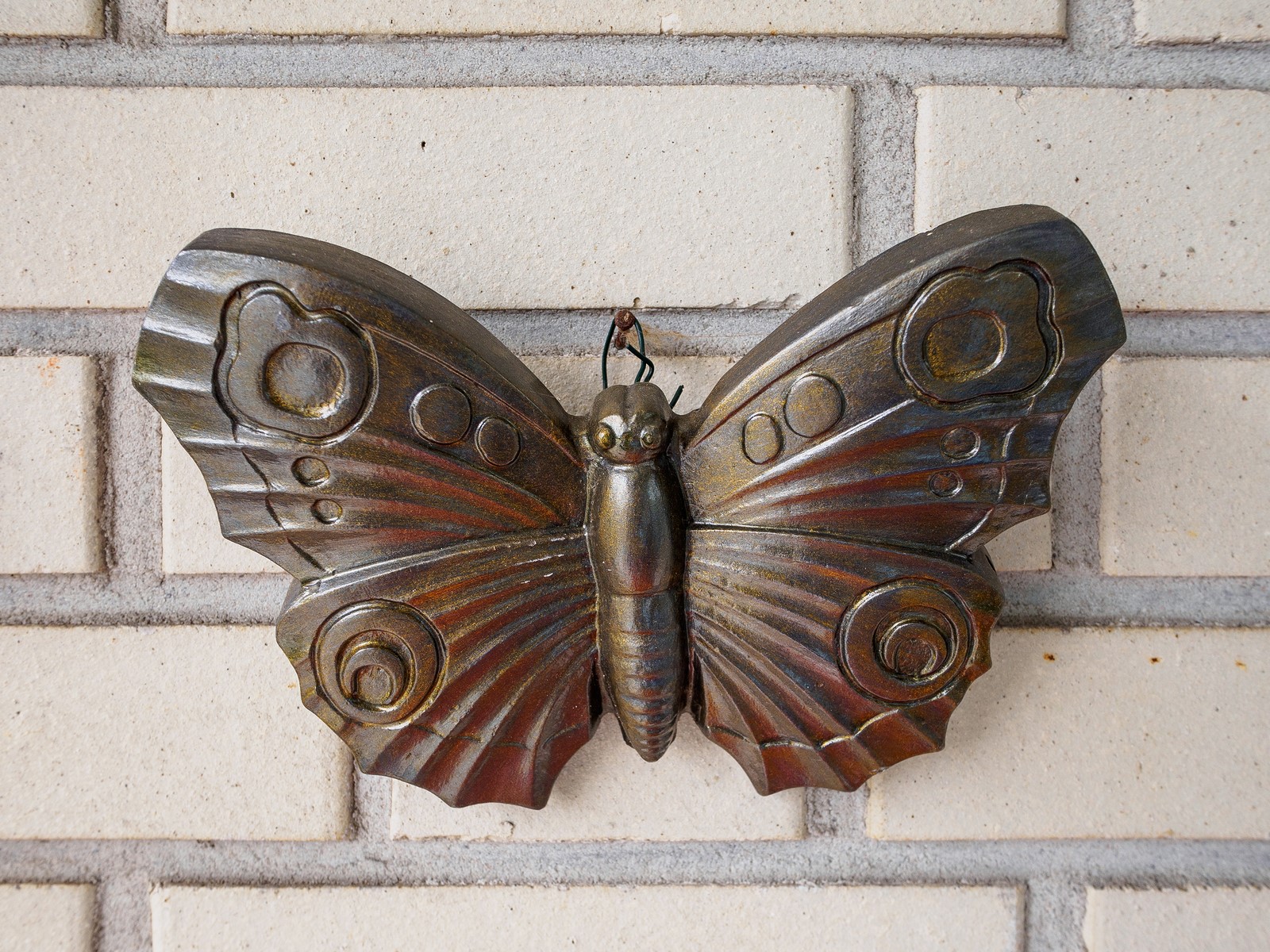The metal bronze is probably as old as human civilization itself. Ever since the ancient Sumerians created the copper alloy as a means to replace their exhausted tin resources in 2500 B.C., bronze has stuck around long enough to still be molded and distributed as standard bronze bars and other appliques, by companies such as Rotax Metals, even today. Various qualities have made bronze such a keeper for a long time, and it’s pretty evident that bronze applications are effective.
Corrosion Resistance – Metals strike most of us as seemingly “indestructible” materials—who else isn’t terrified of the thought of a heavily-armored tank that almost seems like it’s invulnerable to bullets? That said, however, metals aren’t invincible at all, and Mother Nature proves that by way of corrosion. Metals, such as steel, are no match for corrosive elements, but not bronze as it seems. It resists corrosion from almost all elements, including seawater, as well as metal fatigue much better.
Malleability – Malleability allows certain metals to be pounded into either thin or flat sheets without tearing. Since bronze is an alloy mainly of copper, and tin, it essentially has two of the most malleable metals there is. This is why bronze is a popular art material, used by countless sculptors worldwide.
Durability – In terms of durability, bronze doesn’t necessarily flex as easily and safely as its base metal copper, but it is a durable metal nonetheless. Compared to metals such as iron, bronze is also much less brittle and has a lower melting point (it takes more heat and energy just to melt bronze compared with other specific metals in existence). Bronze’s durability also makes it a popular material to manufacture musical instruments with, including bells and professional cymbals (where copious amounts of pounding essentially necessitate excellent durability, of course).
Hardness – This is defined as a metal’s resistance to plastic deformation (i.e. indentation), and can also refer to overall stiffness and/or temper, as well as the ability to resist scratching or cutting. Bronze’s hardness is enough to make it a popular choice for making small appliques, such as bearings and other fittings, which are regularly subject to huge amounts of tension.
So the next time you catch wind of a new bronze sculpture being erected, a thousand-year-old bronze artifact being uncovered for the first time, or a conventional bronze tube being used to decorate a building’s interior, don’t be surprised. Nature is primarily responsible for making bronze a valuable metal on its own, and people are simply acknowledging the fact.


